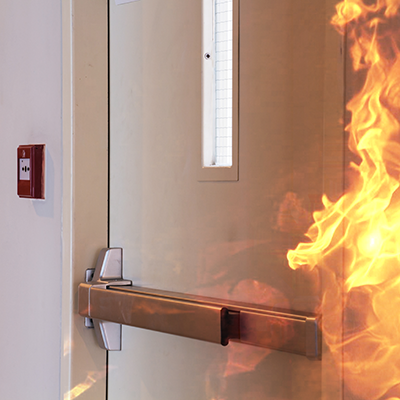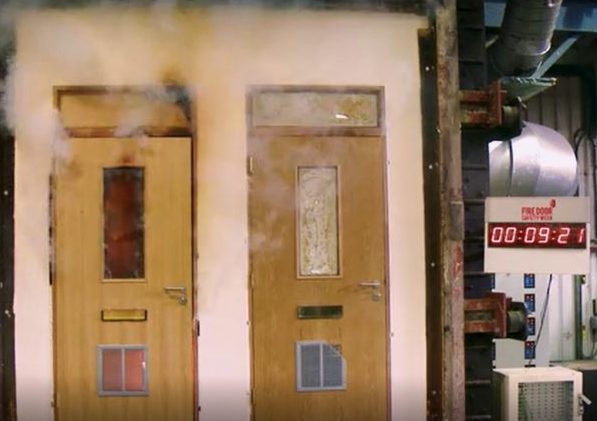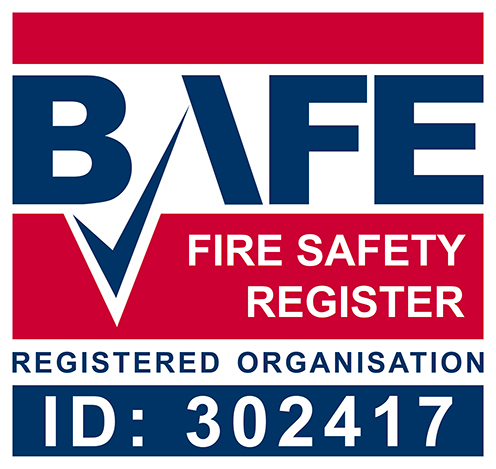Fire Door Compliance
A fire door is essential in splitting a building into ‘compartments’. In the event of a fire a properly maintained fire door will contain smoke and fire to a specific area and allow for the safe evacuation of people from the building. In order to ensure compliance it is important that fire doors are inspected and maintained correctly and regularly. Failure to do so can put lives and property at risk and can result in prosecution.
- Inspections by competent qualified persons.
- Fire door inspections every six months minimum.
- Fire Doors information from customer is key to providing good information.
- Fire Doors protect fire compartment integrity and should match fire lines.
Once our inspectors have completed your Fire Door Inspection, we will offer the report with any advisories and also help with a route to gaining compliance should any parts fail.
Request more information about our fire door inspections
Our reports will identify:
- Location and rating of every fire door in the building.
- The type of seal (intumescent/smoke seal/acoustic) fitted to the door or frame.
- Details of the Fire Door frame.
- Details of the Fire Door leaf design and whether it contains specialist vision panels or ironmongery, such as letterplates or air transfer grilles.
- Details of hinges, closers, and other essential building hardware.
- Labelling.
- Fire Door Gaps.
- Fire Door Closers.
- Fire Door condition along with images of any damages or defects.
Request more information through our form on this page.
Further Information
Regulatory Reform (Fire Safety) Order 2005 Section 17 stipulates that all fire protection systems and elements of fire compartmentation should be subject to routine inspection and maintenance to ensure that they are in good working order.
Article 17 of the Fire Safety Order makes it a legal requirement to ensure that all fire resisting doors and escape doors are correctly installed and adequately maintained in order for them to be fit for purpose.
Regulation 38
Regulation 38 applies in England and Wales and states that fire safety information must be handed to a ‘responsible person’ at the completion of a project, or when the building or extension is first occupied.
This then places the responsibility of fire safety onto the ‘responsible person’.
In order for the responsible person to carry out future fire door inspections and maintenance, it is important that the correct information such as installation and maintenance instructions and traceability to the fire certificate is handed to them.




